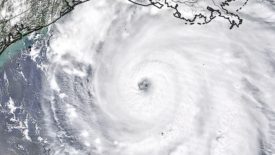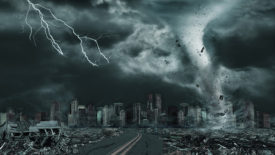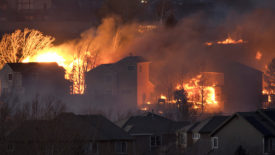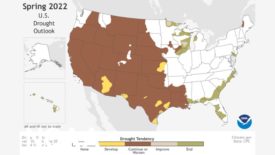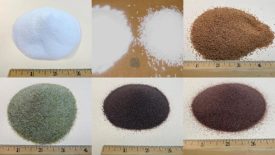Catastrophe Restoration
Coverage of the people, tools and techniques related to catastrophe restoration. Insights on responding to hurricanes, wildfires, tornadoes, localized flooding, snow storms, mudslides, deep freezes and other acts of Mother Nature.
ARTICLES
Responding to Bioterrorism: Are Restoration Professionals Ready?
Ask the Expert
March 22, 2022
Real Stories: Scaling CAT Restoration Services With Avelina Lamb
Ask the Expert
March 17, 2022
EVENTS
Industry
10/25/22 to 10/28/22
Restoration Technical Institute
1145 Commons Blvd.
Reading, PA
United States
Contact: Rebecca Burkert
Large Loss Mastery Super Course - In Person: Thomas McGuire
Get our new eMagazine delivered to your inbox every month.
Stay in the know on the latest disaster restoration and remediation trends.
SUBSCRIBE TODAY!Copyright ©2022. All Rights Reserved BNP Media.
Design, CMS, Hosting & Web Development :: ePublishing
